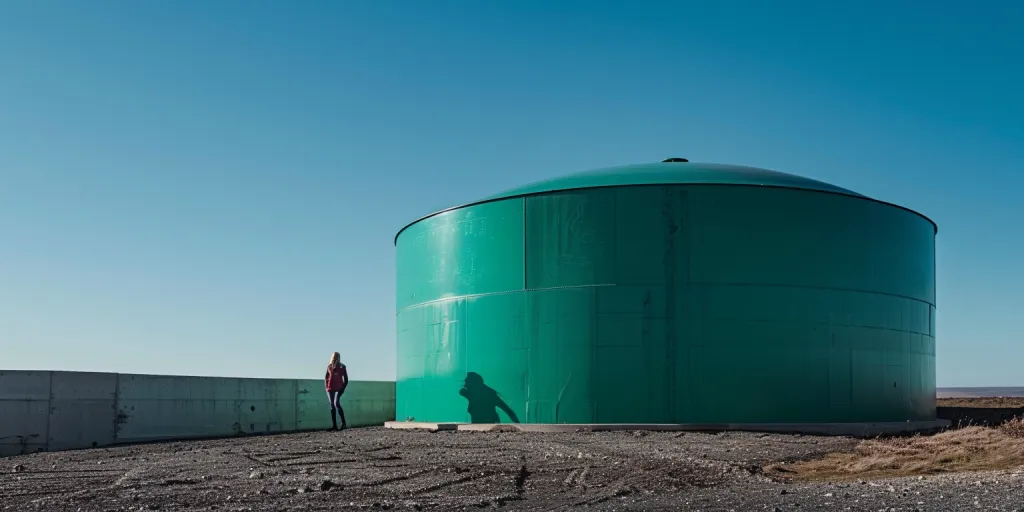5000-Gallon water tanks are available for residential, farm, and industrial use, which is why it’s vital to know how they work and what advantages they offer before you make a decision on them. For that reason, we’re presenting a detailed guide on 5000-gallon water tanks to help you find the best option for yourself.
Table of Contents:
– What is a 5000-gallon water tank?
– How do 5000-gallon water tanks work?
– How to use a 5000-gallon water tank
– How much does a 5000-gallon water tank cost?
– Top 5000-gallon water tanks
What is a 5000-gallon water tank?
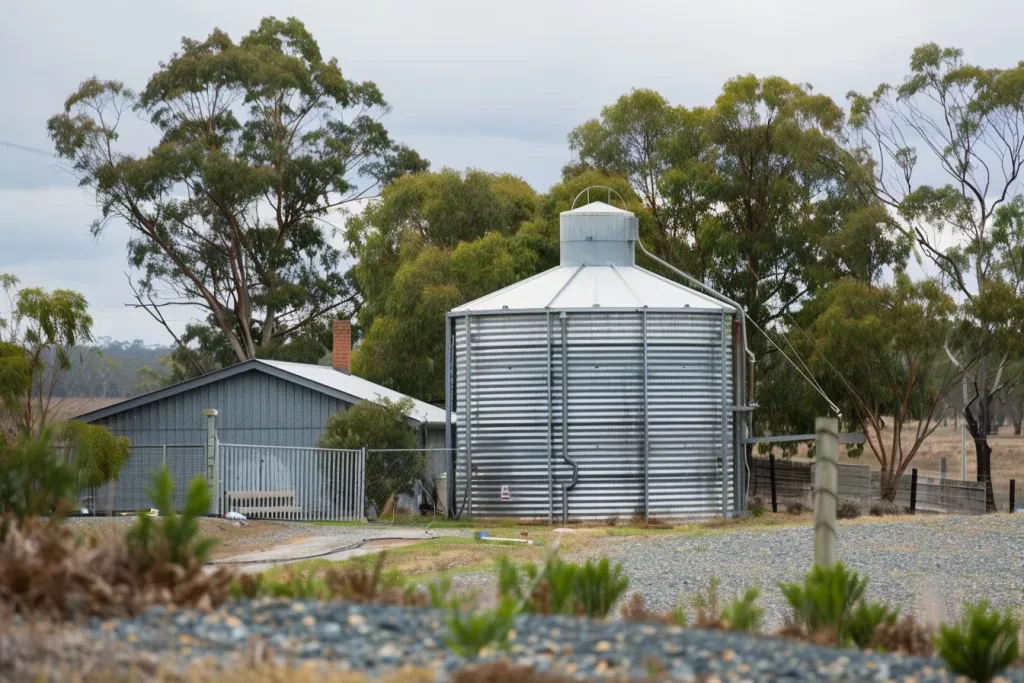
A 5000 gallons water tank is a water storage reservoir that can contain 5000 gallons water.Water tanks can be constructed with three main materials: plastic, fiberglass and steel. Polyethylene tank is one of the most sought after materials in water tank productions for different reasons, because they are very hard, lightweight,nontoxic,noncorrosive and great resistance to seepage.Fiberglass tank offers high strength and durability,but usually used in industrial application.Steel tanks are considered to be the most popular tank materials, due to their durability and toughness.They also widely used because of their fire resistance nature and efficiency in harsh weather conditions.
This tanks is designed in different shapes and dimensions like cylindrical, rectangular , and others depends on the space location and requirement , but cylindrical is the most common utilized in water tank industry due to its stability and facility to clean the tank easily. on the other hand , rectangular can be benefit on space optimization to fit inside the building or against wall in corners.
The main objective of 5000 gallons of water tank is to offer water storage for multiple purposes where a large quantity of water is required. These tanks are used in both commercial and residential applications.
A pump is used to fill the water and when is required to use it, the pump will discharge water. These tanks are available in different sizes and the type of water it stores can also vary.
Some residential areas use these tanks for potable water while in the agricultural sector, it is used to store water for irrigating purposes. Consequently, in industries they are used to store process water, firefighting reservoir, or can be used as the part of a rainwater harvesting system.
How do 5000-gallon water tanks work?
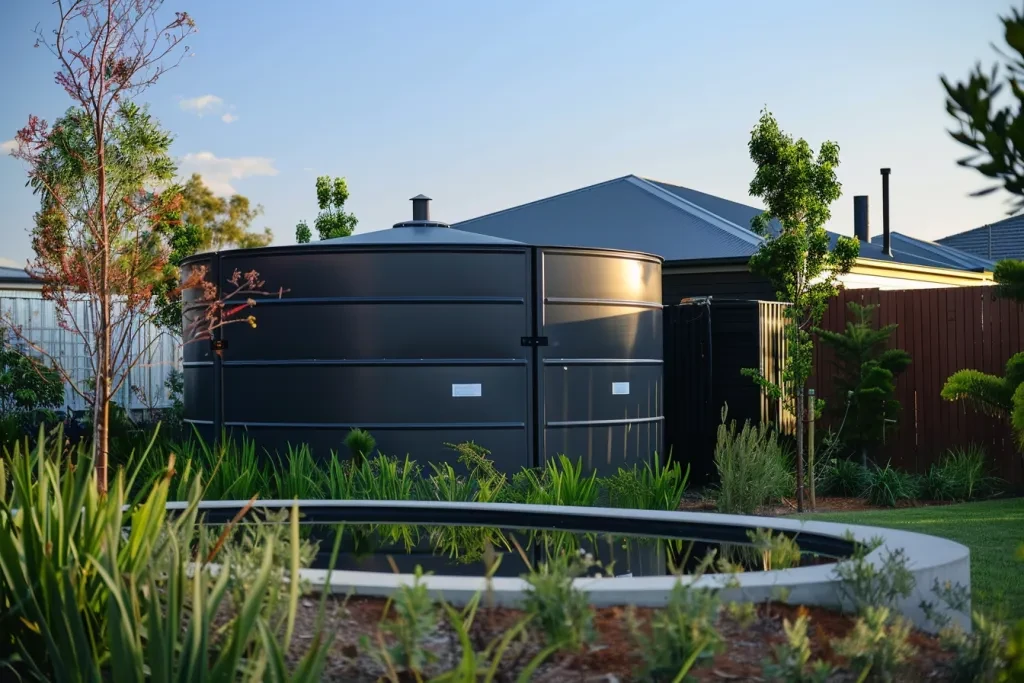
The water tank works on a fairly simple basis of holding water and releasing it as needed. Water enters the tank through an intake. The intake can be connected to a municipal water supply, a well or a rainwater catchment system. The intake is usually fitted with a screen or filter to stop solid debris from entering the tank and contaminating the water.
After it gets in, the water is stored until ready for use. The tanks are designed to protect the quality of the water, including antialgal coatings on sun-exposed tanks and internal coatings or linings that inhibit corrosion and bacterial growth. In some of the most sophisticated tanks, an aeration system or mixer prevents the water from becoming still, which is particularly vital where the water is stored in situ for long periods.
Water is extracted from the tank through an outlet, often placed low on the tank to maximise its useful volume for storage. The outlet can be connected to a pump system for pressurised supply, or left as a gravity-fed feed in a simpler set-up. In more complex systems, multiple outlets can be fitted with valves to control water supply to one or more destinations, and remote monitoring systems can be added to display and track water levels and usage.
How to use a 5000-gallon water tank

Delivering water through your sprinklers using a 5000-gallon water tank is a process with a few steps, from installation to minor maintenance. The first is site selection. The tank needs to sit on a level, solid base – preferably one that can withstand the weight of 40,000 pounds or so when the tank is full. This often means a concrete pad or other reinforced base for polyethylene tanks, although steel tanks might require more substantial foundations.
Once the site is secured, the tank must be plumbed in. The inlets need to be connected to the water supply by screwing in the inlet pipe to the water source and securely tightening all connections to prevent leaks. If the tank is part of a rainwater harvesting system, the gutters and downpipes must also be connected to the tank to ensure that the water flows into the tank. Regularly check inlet filters or screens to make sure they are not blocked.
After installation, maintenance is vital to keep the tank functioning over the long term and operating efficiently. Periodic cleaning of the tank by removing sediment that has collected at the base is important to prevent a build-up that could result in the tank being out of service. Checks should be conducted to verify the tank and all associated fittings and seals are functioning properly, and that all components have been properly installed and show no signs of wear or damage. If the water in the tank is intended for human consumption, periodic disinfection may be required to inhibit bacterial growth. All monitoring systems should be calibrated and checked periodically to ensure that they are recording the water level correctly and providing the owner with warning of a developing problem if one arises.
How much does a 5000-gallon water tank cost?
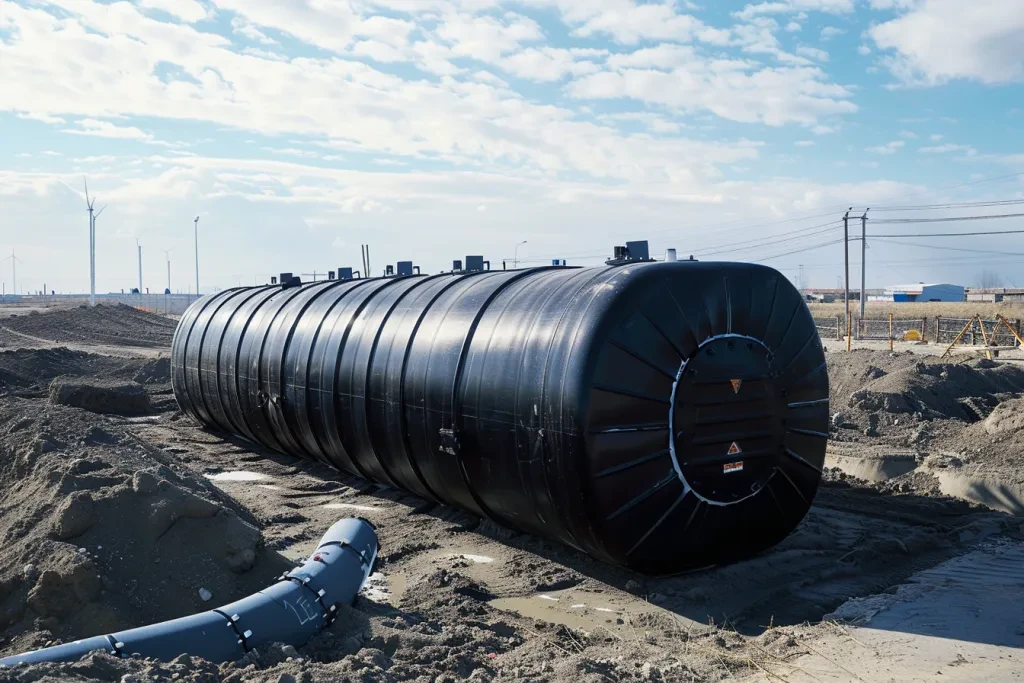
The price of 5000 gallon water tank greatly depends on its type, material, brand and additional add-ons. Polyethylene is the most affordable with a range of $2000 to $4000. Due to its affordability and easy installation, it is the most popular pick for residential use as well as light commercial market. Fibre glass are expensive with a range of $4500 to $7000 due to their sheer strength and durability but a very good pick for industrial use where they are subjected to a life time of chemicals and other harsh treatment.
From $6000 to $10,000 or more typifies steel tanks, which are often chosen for their fire-resistant and weather-proof properties, or for their ability to integrate add-on systems. Custom coatings, fittings or integrated systems add to the price.
Then there are costs in addition to the price of the tank, namely, delivery, installation, and maintenance. Delivery may be costly for really large tanks due to their size and weight, as well as because they are heavy, especially if the site where they are to be installed is remote. Several factors affect installation costs, including how the site needs to be made ready (especially if the ground has to be graded or excavated), the need for a foundation, and the complexity of attaching the tank to the plumbing. Maintenance costs are usually low, although they include cleaning, inspection, and repairs when they are needed.
Top 5000-gallon water tanks
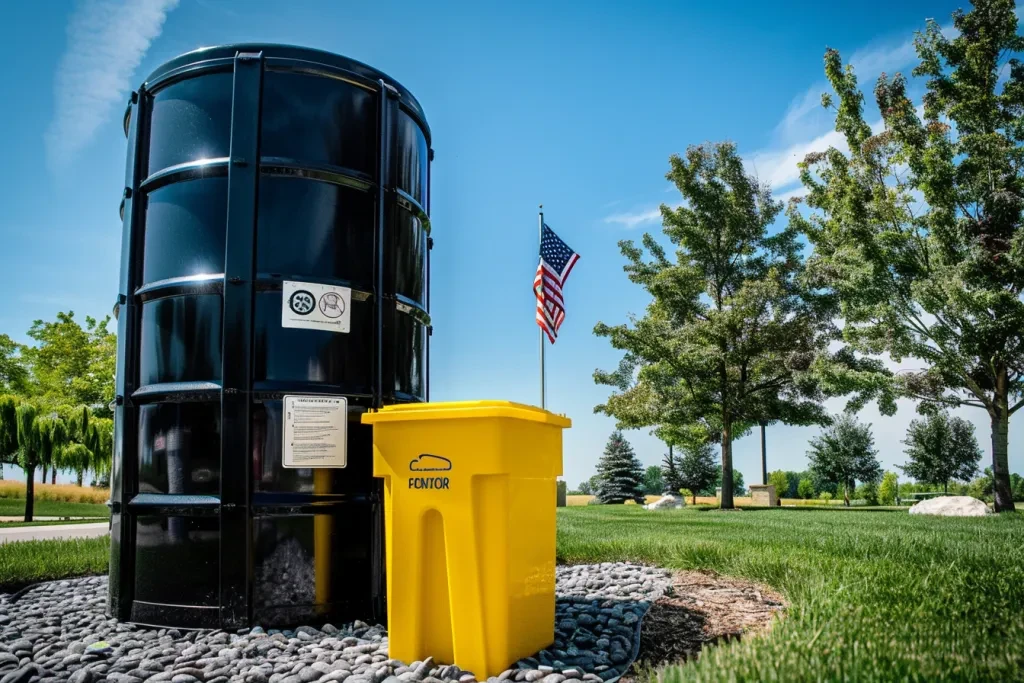
A 5000 gallon water tank is at the top of the range for items of this type, which makes it quite a big investment. When choosing this kind of storage, it is important to take into account the material, the shape and other specific requirements. In the following paragraphs, you can find a top 10 of the 5000 gallon water tanks available on the market.
- Norwesco 5000 Gallon Vertical Water Storage Tank: This economical tank is constructed of high-density polyethylene that is ‘UV resistant and FDA approved for potable water storage’. It includes a ‘molded-in gallonage indicator that simplifies monitoring of water levels’.
- Snyder Industries 5000 Gallon Fiberglass Tank: Exceptionally strong for its weight, the fibreglass material also possesses superior corrosion resistance. Suitable for industrial use, including storage of chemicals and wastewater treatment.
- 5000 Gallon Steel Water Tank, Bushman: Made from galvanised steel with a food grade liner in its interior.It resists fire and is highly durable.
- RainFlo 5000 Gallon Rainwater Harvesting Tank: Made for rainwater collection, this polyethylene tank features built-in filters and overflow connections for storing clean water and preventing overflow.
- Containment Solutions 5000 Gallon Underground Water Tank: A Fiberglass underground tank that is suitable for applications where above-ground space is limited. Offers high-durability and environmental safeguards and is suitable from potable and non-potable water storage.
Conclusion
A 5000-gallon water tank is a versatile asset that serves a wide range of purposes, from a home water storage in your backyard to an industrial and agricultural setting. Knowing what types are available, and their characteristics and uses, will serve you well, as will understanding how you can care for them. There’s a 5000-gallon water tank available that will meet your needs. That may be something rugged, affordable or with a particular feature. Whatever your requirements, if you take all the various factors included in this post into consideration, you’ll make the right choice, and you’ll have reliable water storage for years to come.
